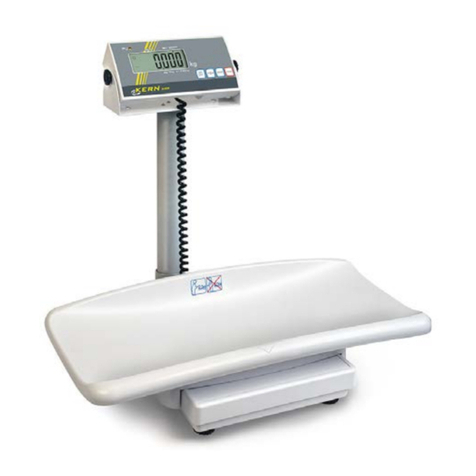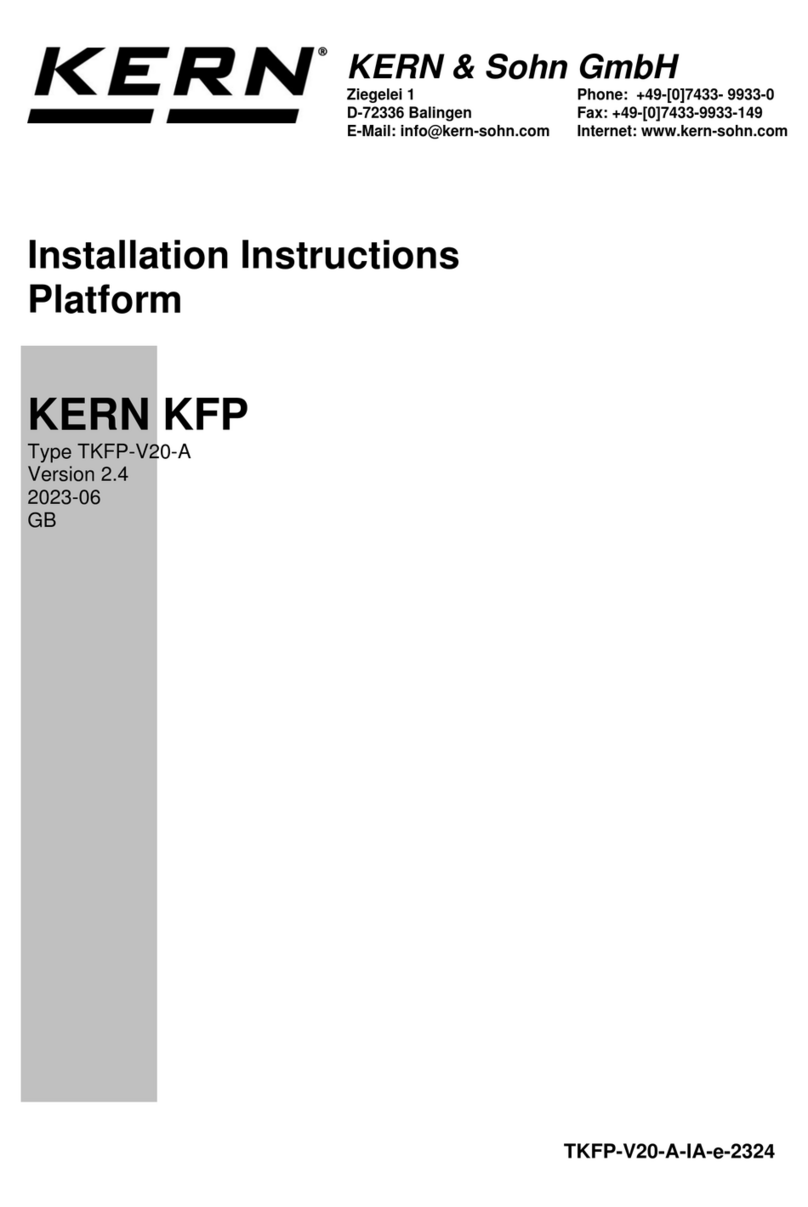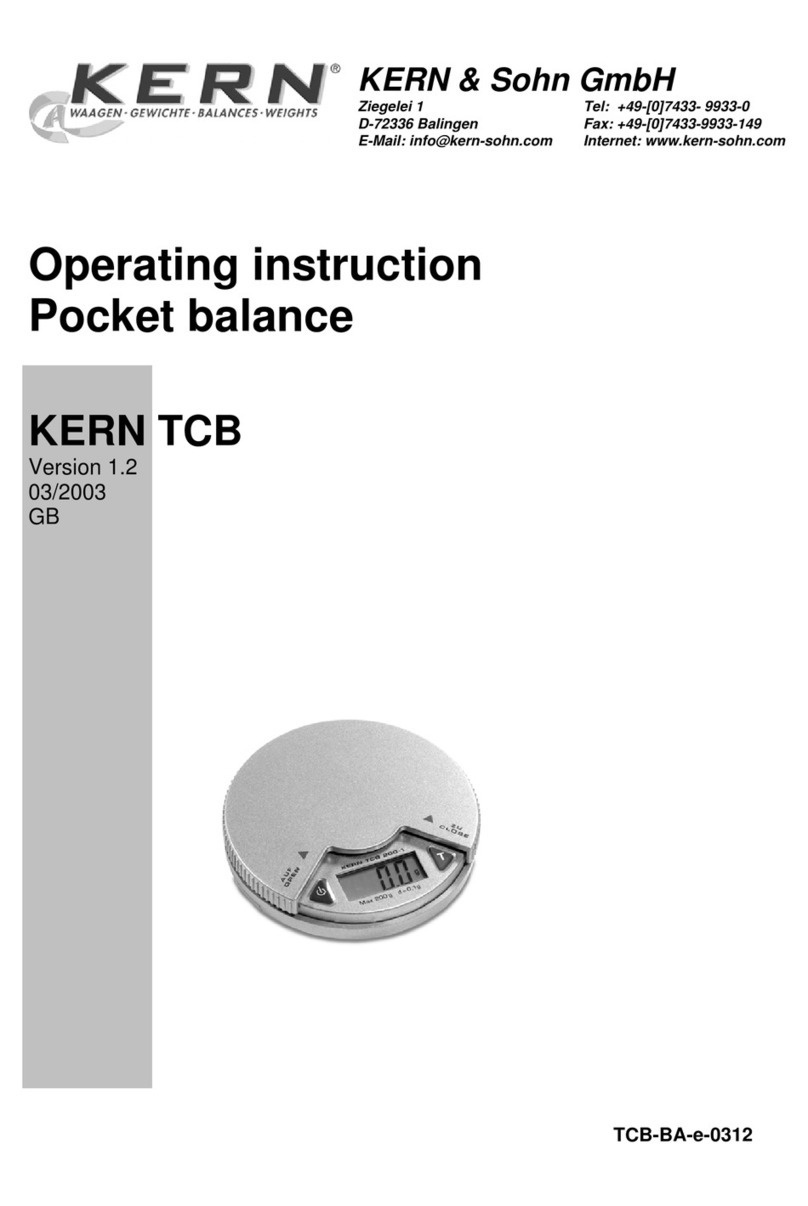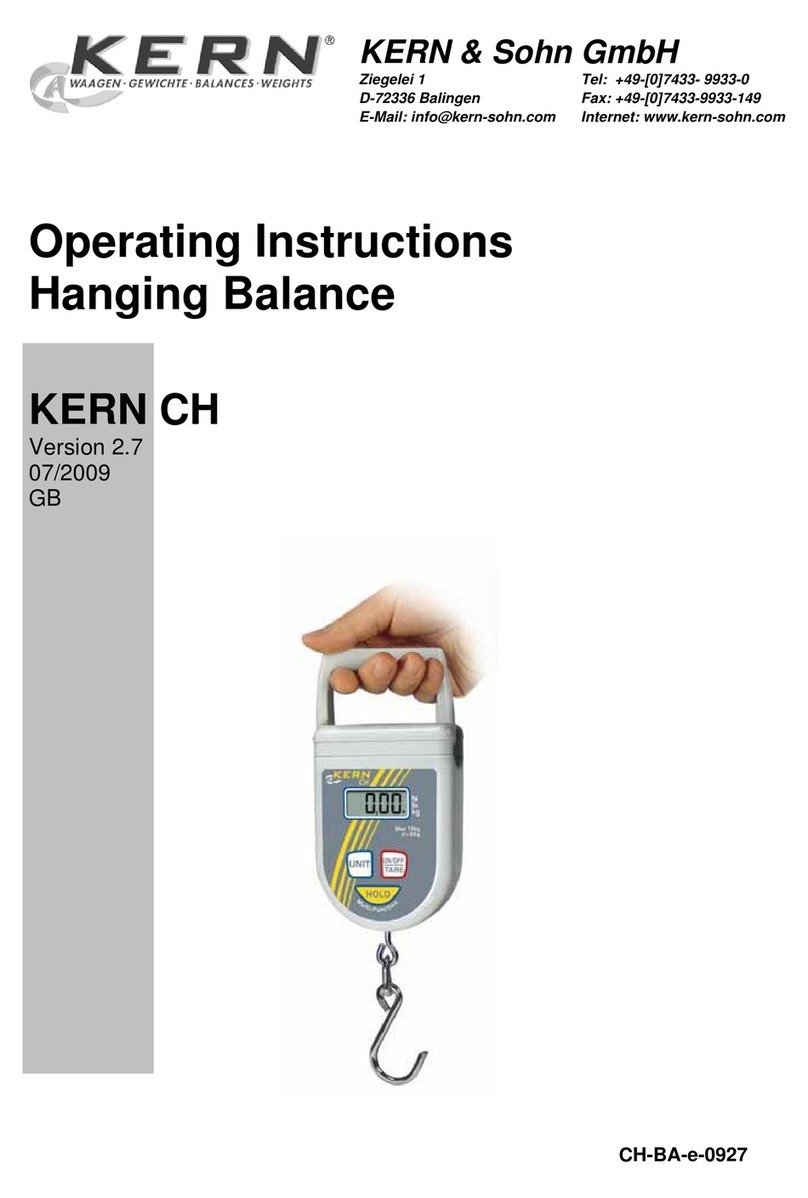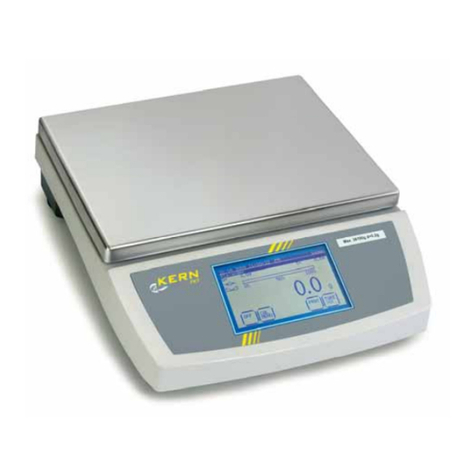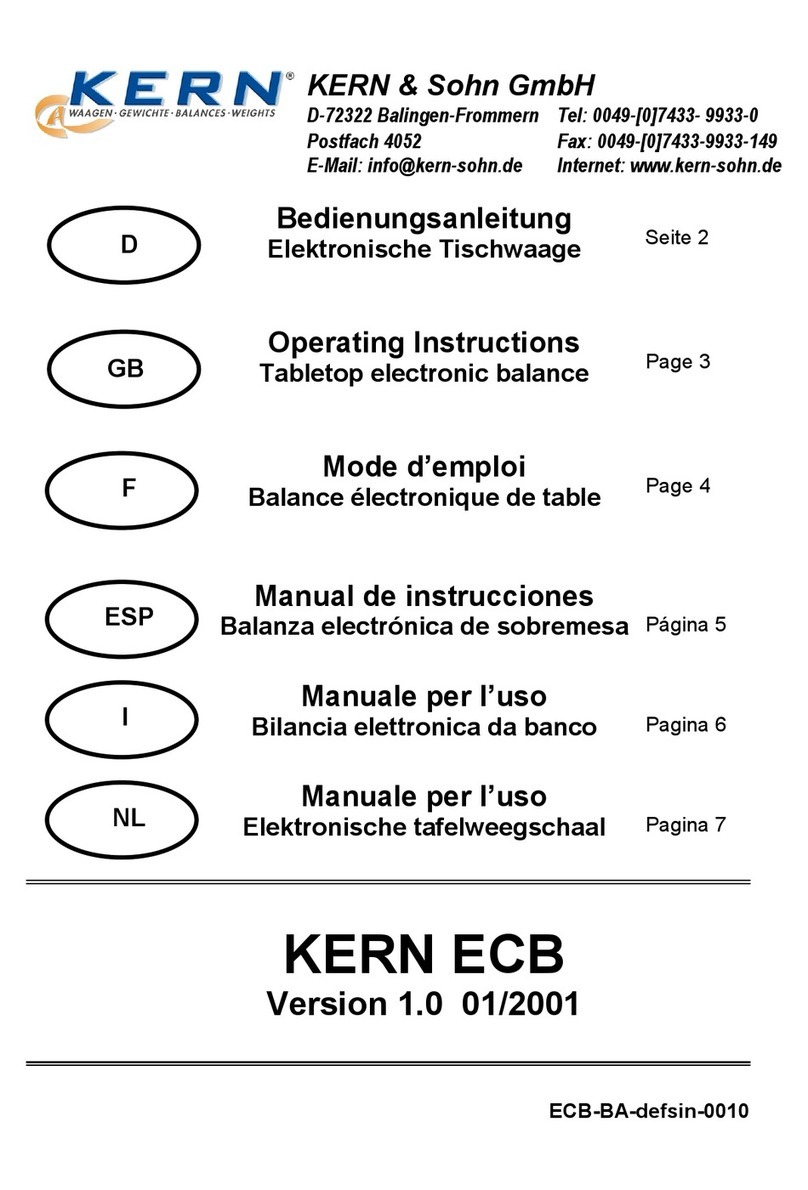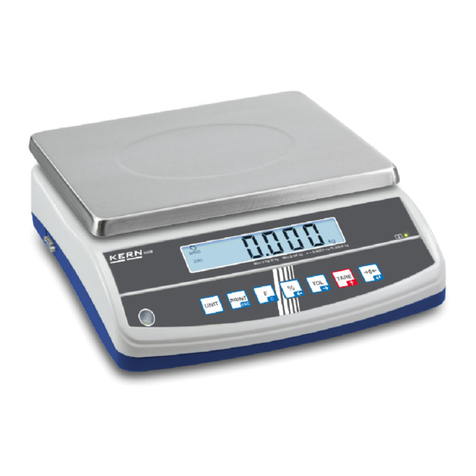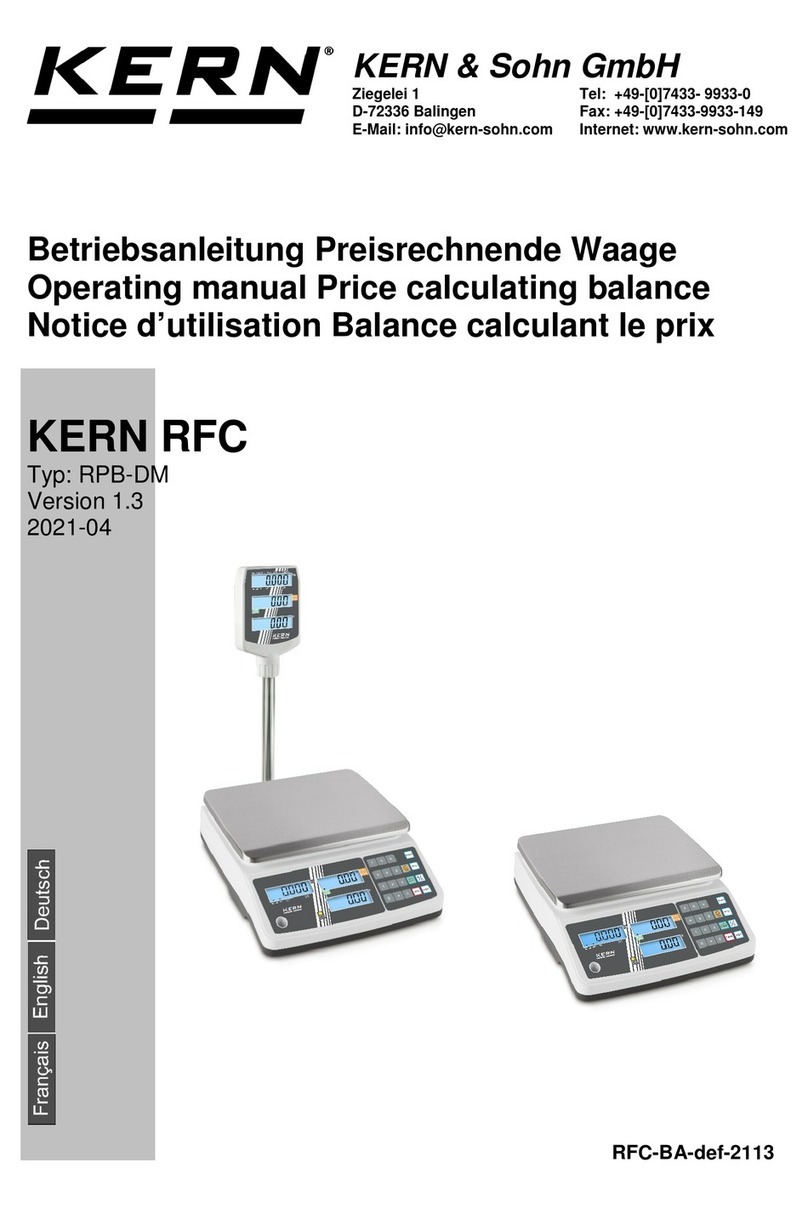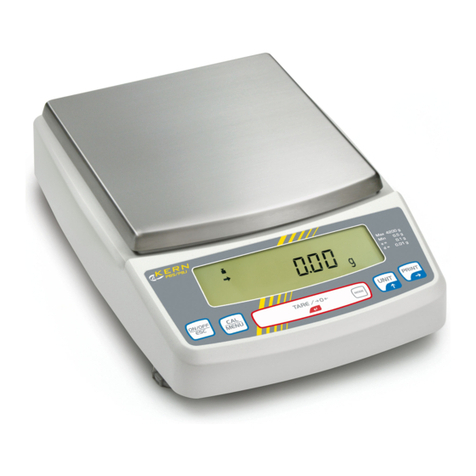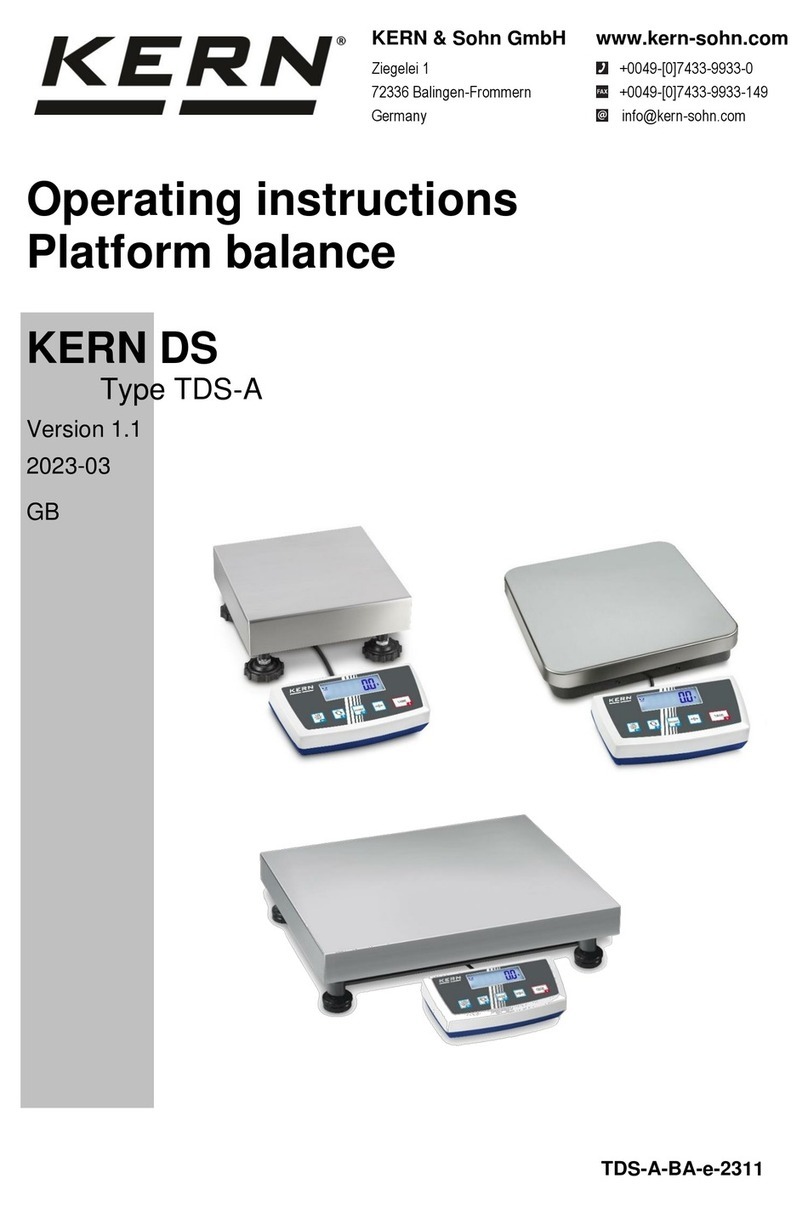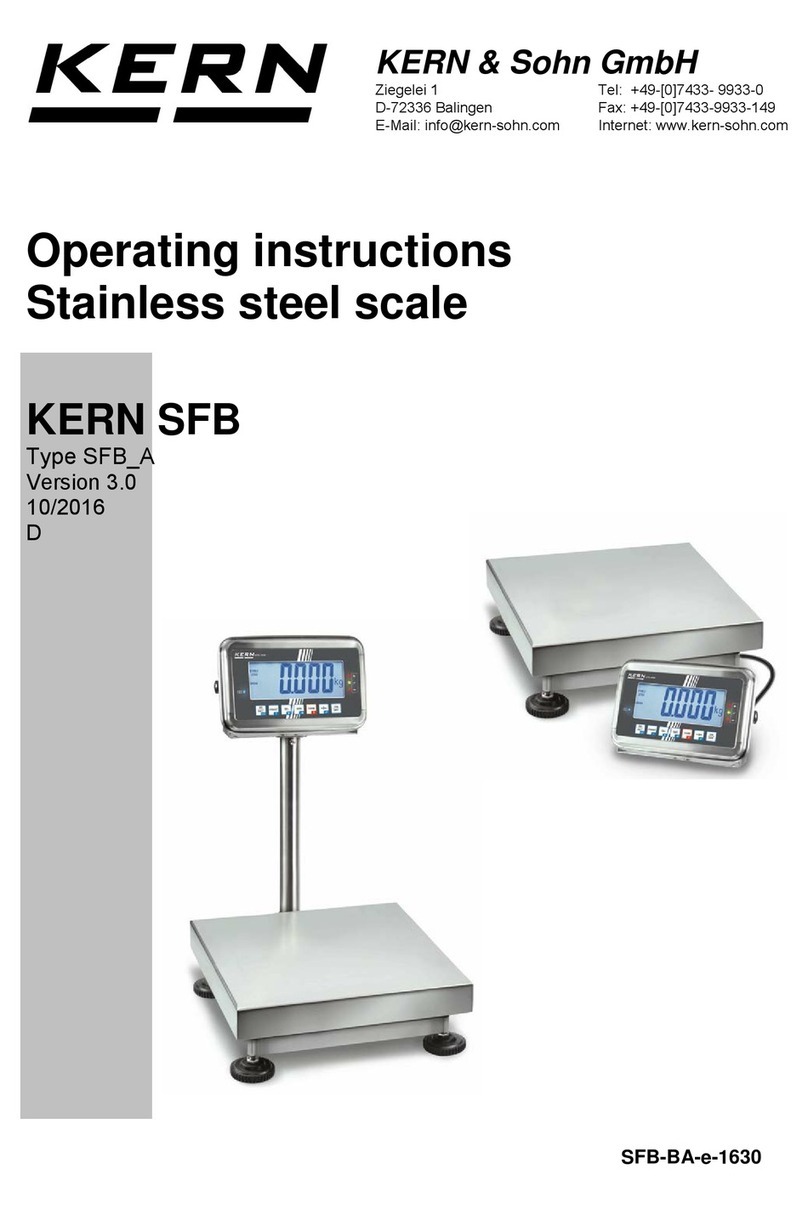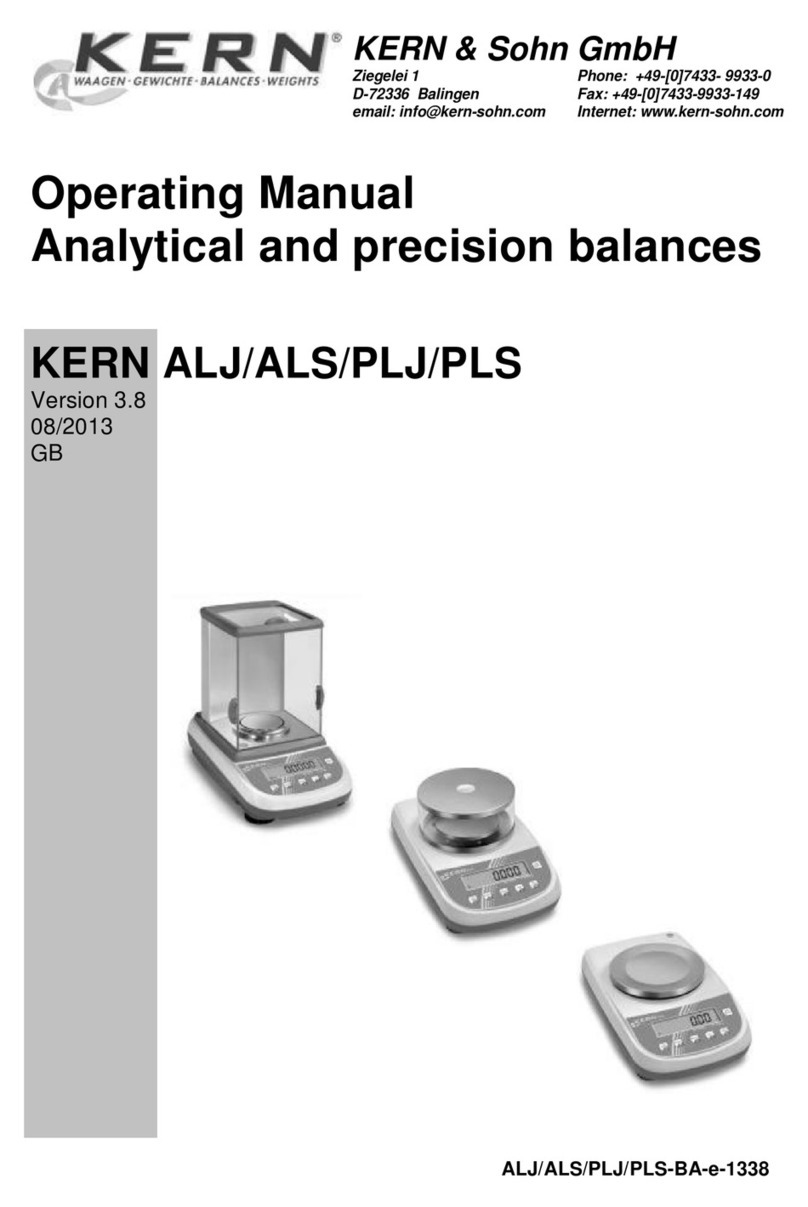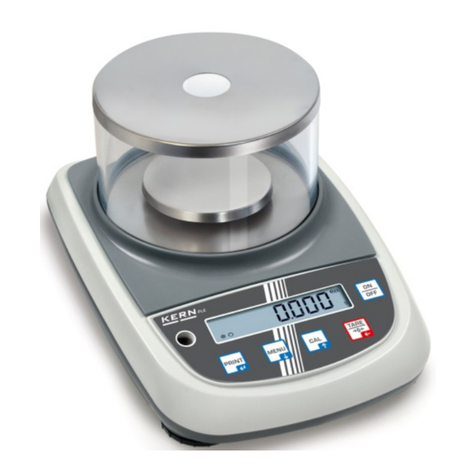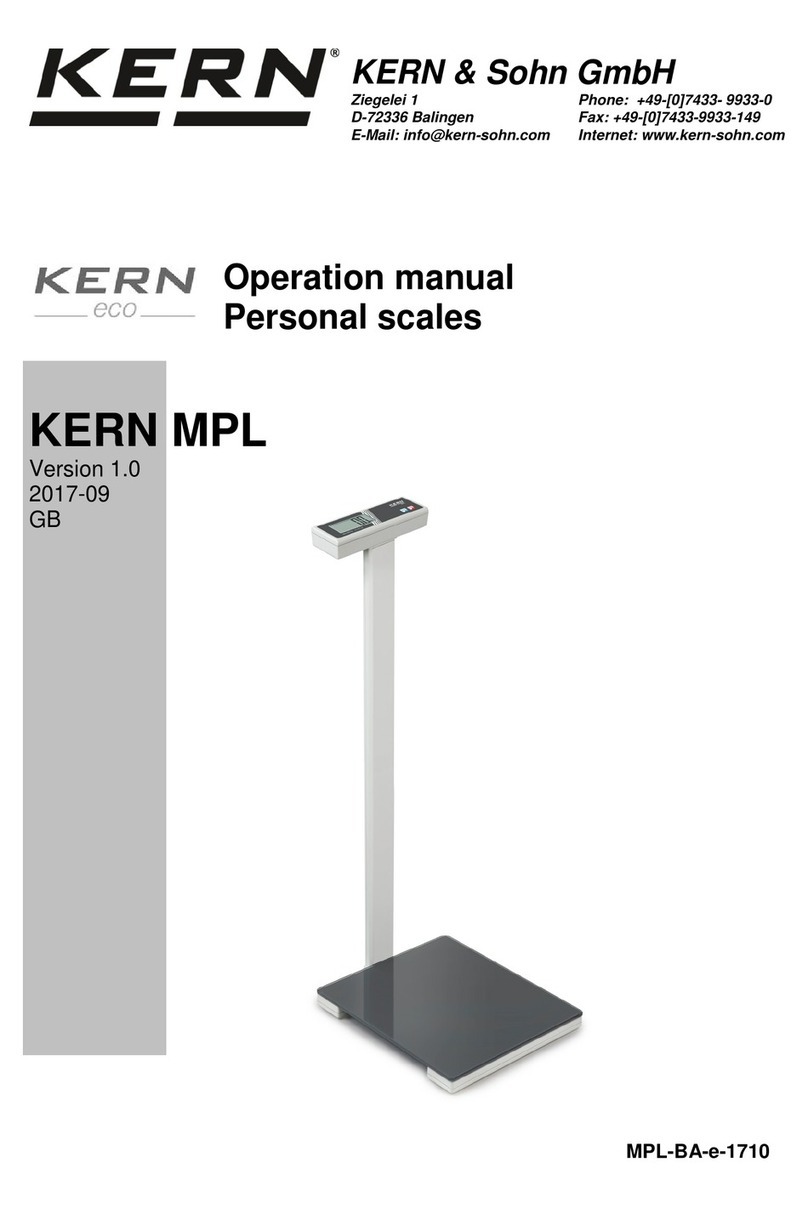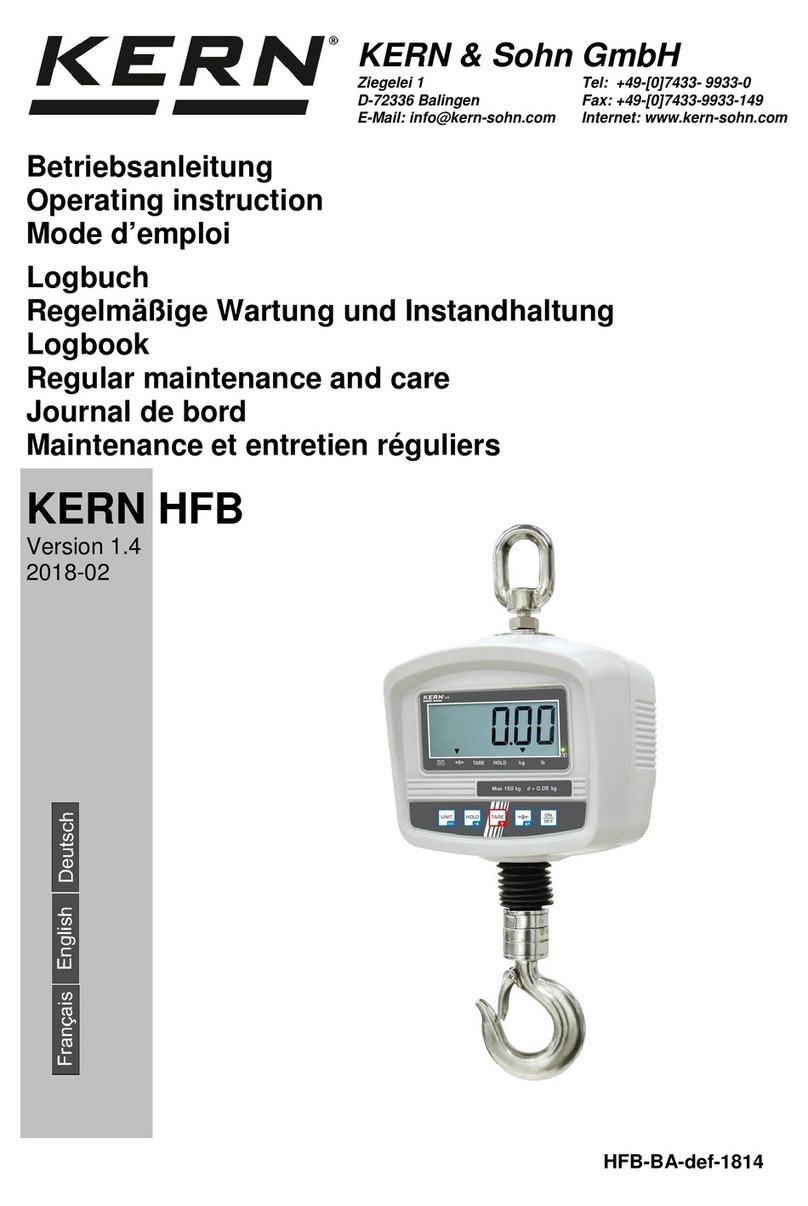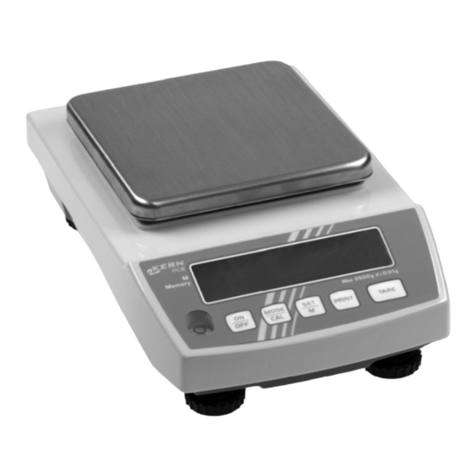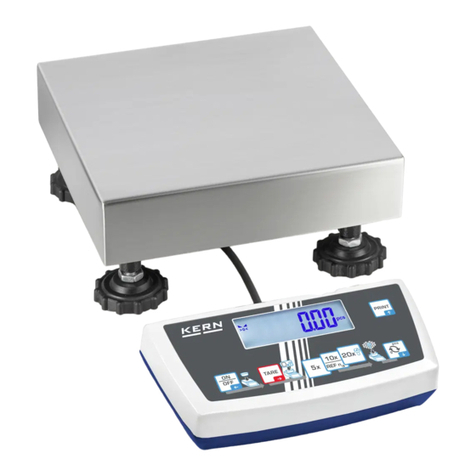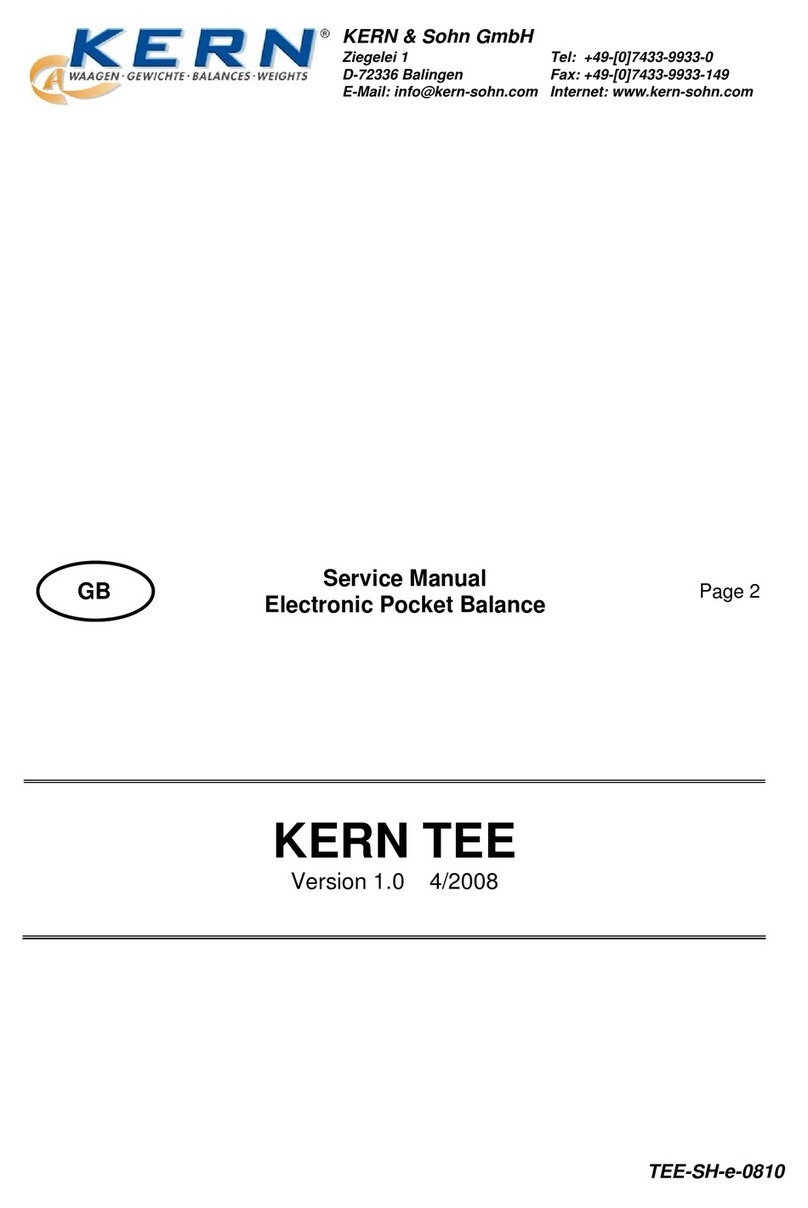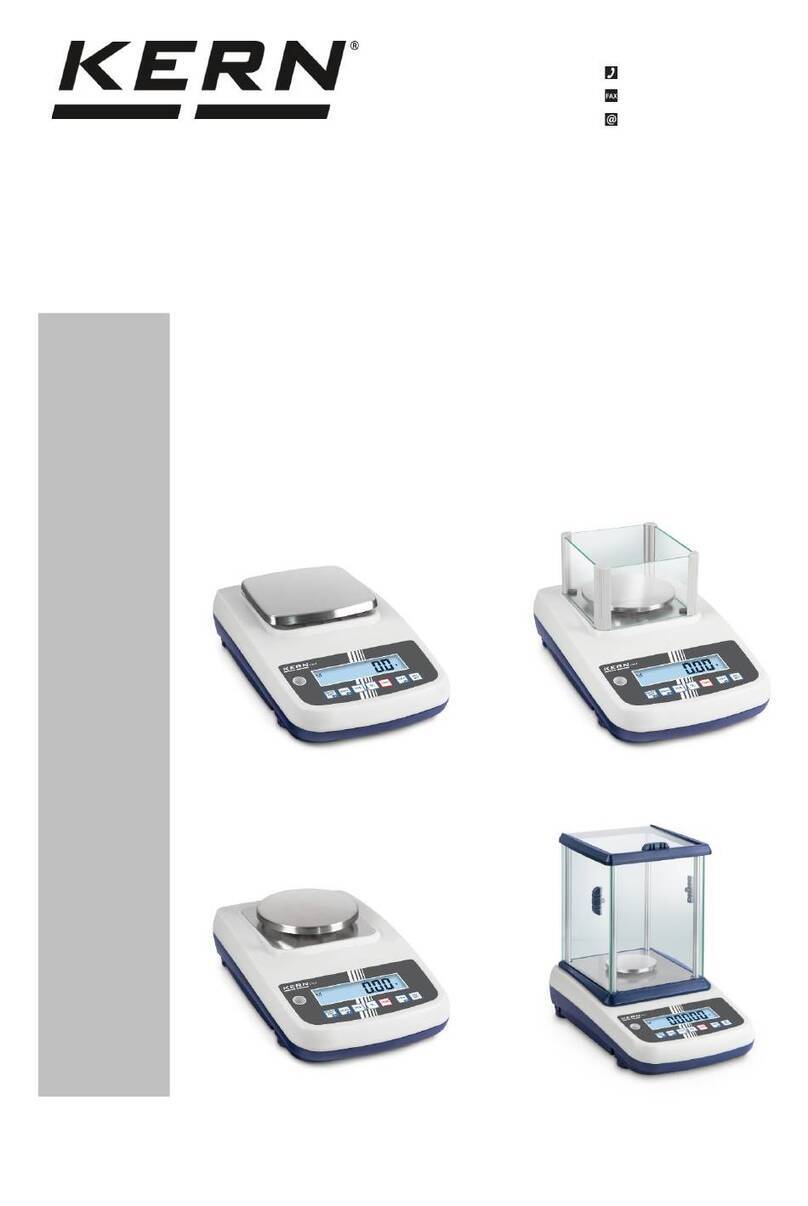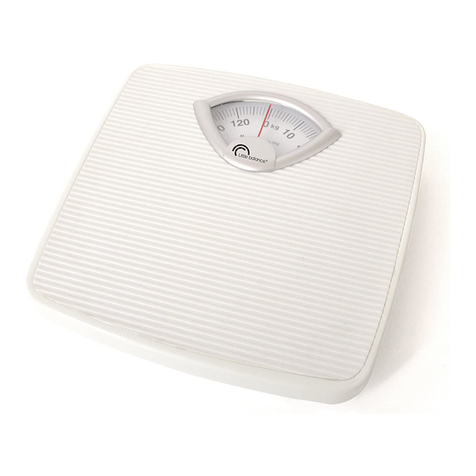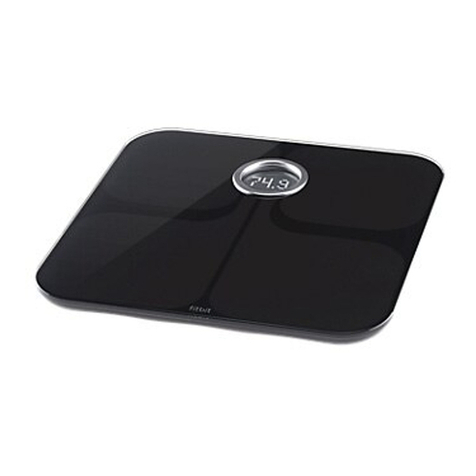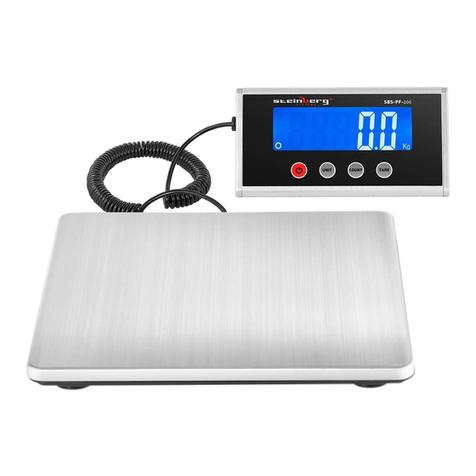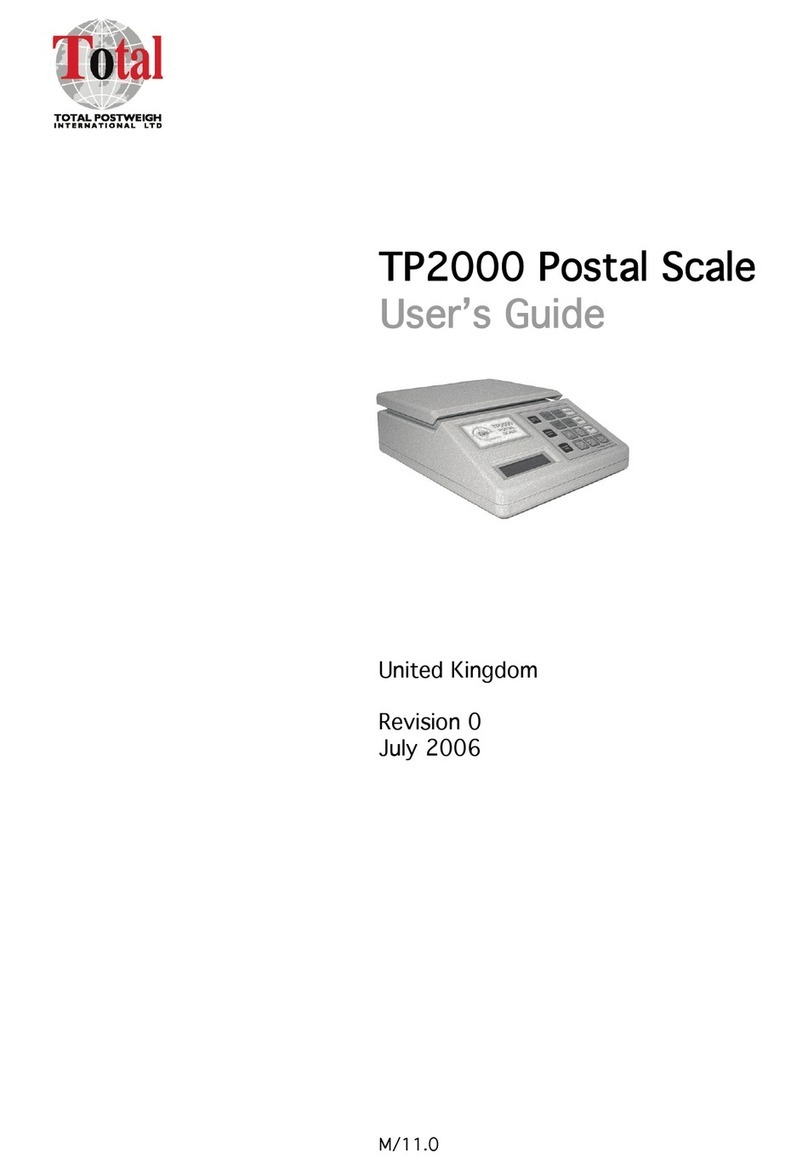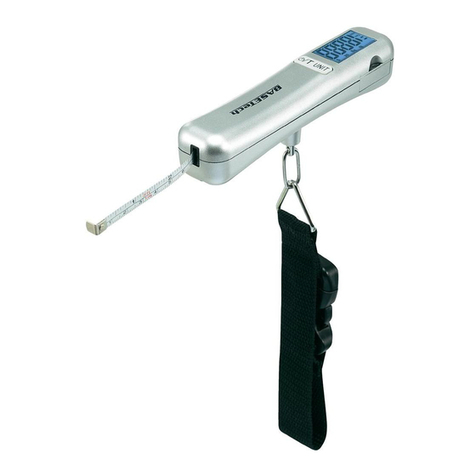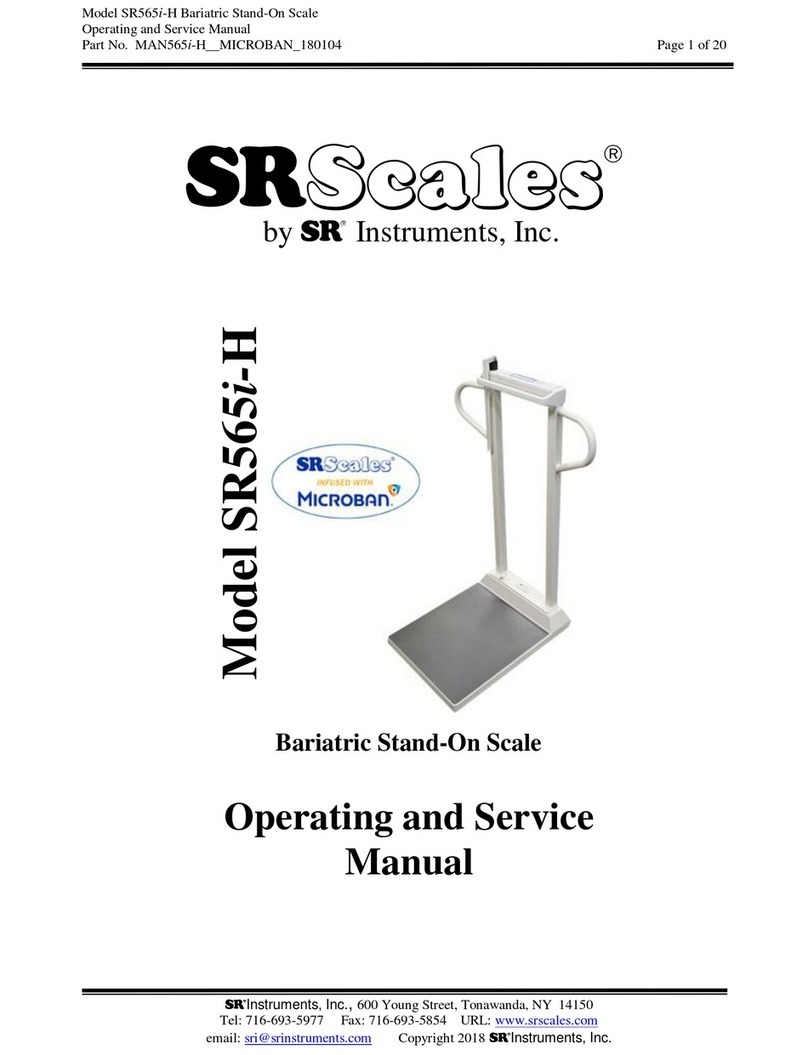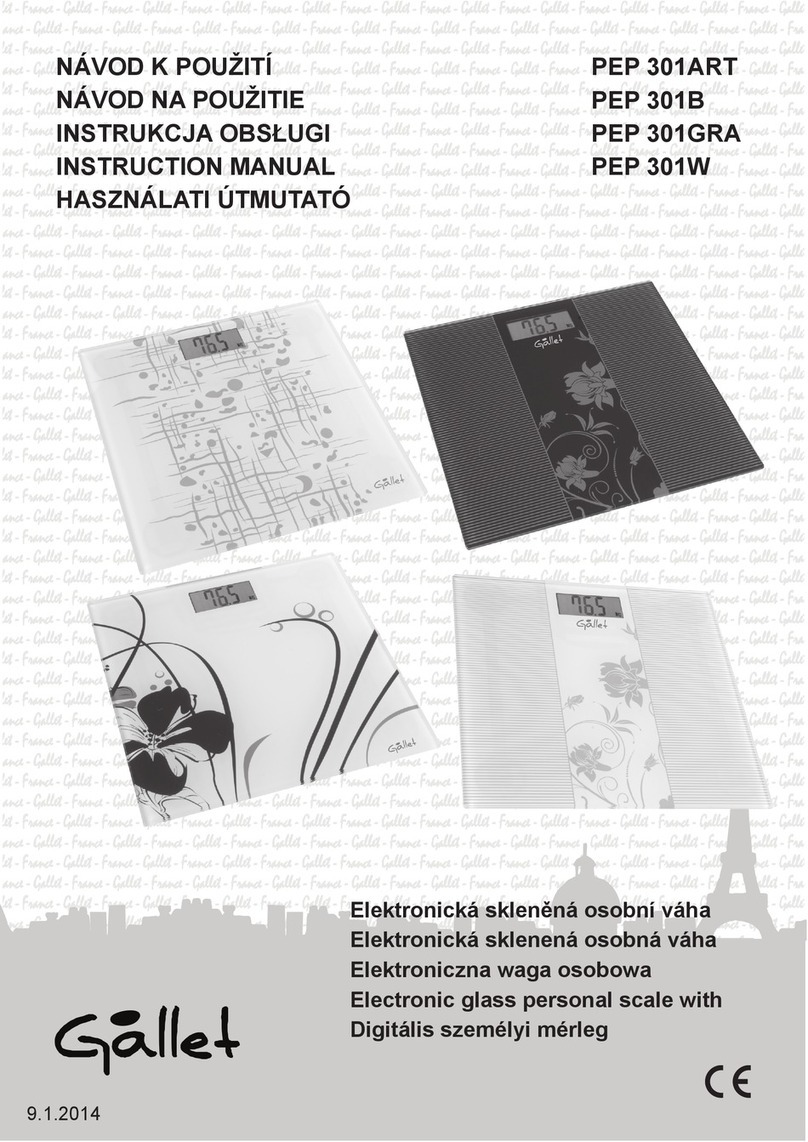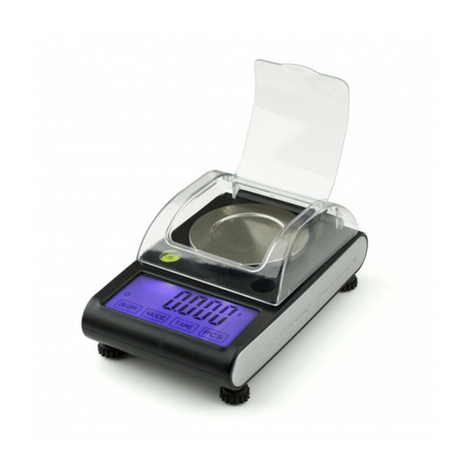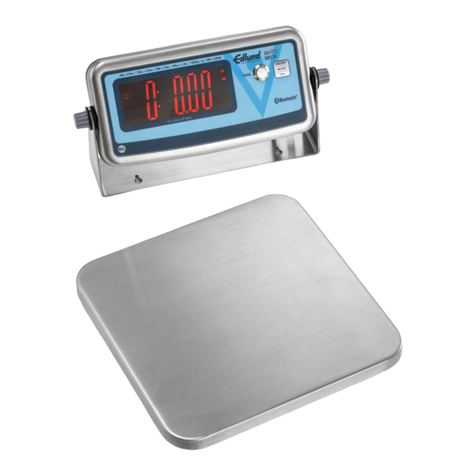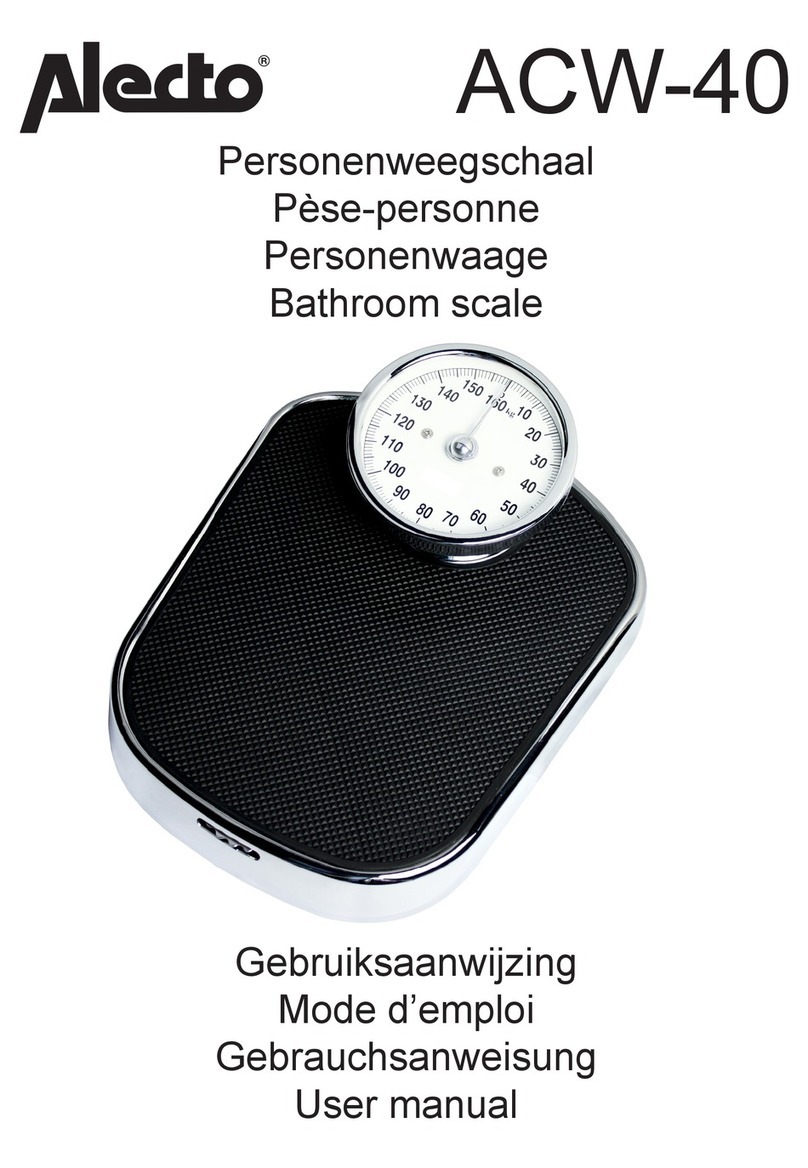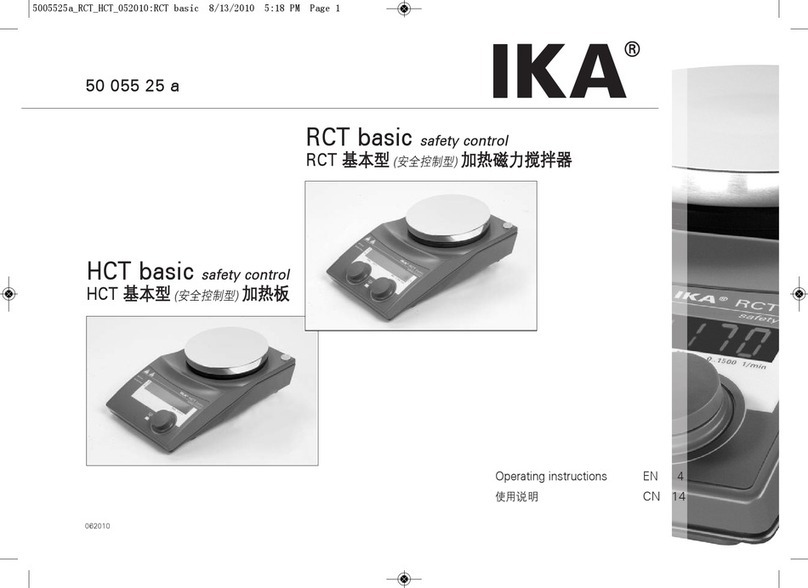
2 EMS-BA-e-1716
GB
Version 1.62017-10
Instruction Manual
Contents
1Technical data................................................................................................ 4
2Basic Information (General).......................................................................... 6
2.1 Proper use................................................................................................................................. 6
2.2 Improper Use ............................................................................................................................ 6
2.3 Warranty.................................................................................................................................... 6
2.4 Monitoring of Test Resources................................................................................................. 6
3Basic Safety Precautions.............................................................................. 7
3.1 Pay attention to the instructions in the Operation Manual.................................................. 7
3.2 Personnel training.................................................................................................................... 7
4Transportation & Storage.............................................................................. 7
4.1 Testing upon acceptance ........................................................................................................ 7
4.2 Packaging / return transport ................................................................................................... 7
5Unpacking, Setup and Commissioning ....................................................... 8
5.1 Installation Site, Location of Use............................................................................................ 8
5.2 Unpacking/installation............................................................................................................. 8
5.3 Mains connection..................................................................................................................... 9
5.4 Operation using a (rechargeable) battery (optional) ............................................................ 9
5.5 Initial Commissioning............................................................................................................ 10
5.6 Linearization ........................................................................................................................... 11
5.7 Adjustment.............................................................................................................................. 14
5.8 Adjustment.............................................................................................................................. 14
6Operating elements ..................................................................................... 15
6.1 Overview of display................................................................................................................ 15
6.2 Keyboard overview................................................................................................................. 15
7Operation...................................................................................................... 16
Start-up................................................................................................................................................. 16
Switching Off ....................................................................................................................................... 16
Weighing............................................................................................................................................... 16
Taring.................................................................................................................................................... 16
PRE-TARE function............................................................................................................................. 17
Weighing units switch-over................................................................................................................ 18
Plus/minus weighings......................................................................................................................... 18
Parts counting ..................................................................................................................................... 19
Net-total weighings ............................................................................................................................. 20
Percent determination......................................................................................................................... 21
